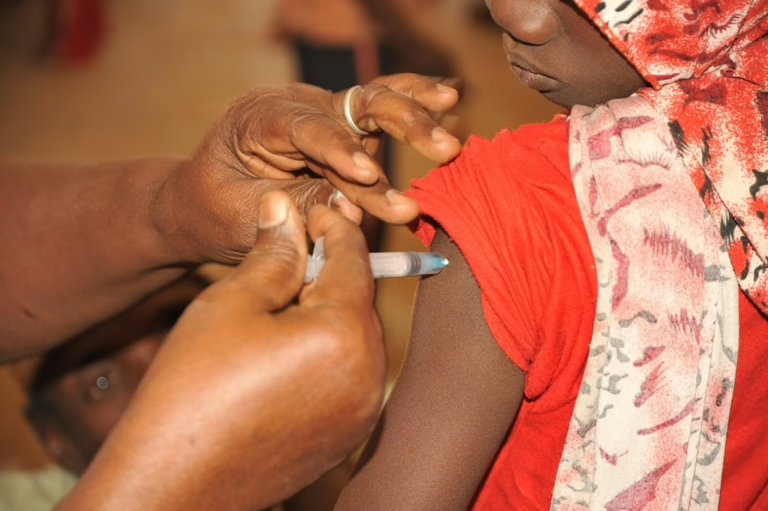How False Information Is Undermining HPV Vaccination Efforts in Nigeria
Recent investigations reveal that widespread misinformation is significantly contributing to the reluctance toward the Human Papillomavirus (HPV) vaccine in Nigeria. Erroneous social media narratives and online posts have propagated unfounded fears, falsely linking the vaccine to severe health risks such as cancer development, infertility, and even fatal outcomes.
The Impact of Misinformation on Public Health Initiatives
These misleading claims have created substantial barriers to vaccine acceptance, undermining public health campaigns aimed at reducing HPV-related diseases, including cervical cancer, which remains a leading cause of cancer mortality among Nigerian women. According to the World Health Organization, cervical cancer accounts for approximately 12,000 deaths annually in Nigeria, emphasizing the critical need for effective vaccination coverage.
Addressing Vaccine Hesitancy Through Accurate Information
Combating this wave of misinformation requires coordinated efforts involving healthcare providers, community leaders, and digital platforms to disseminate scientifically accurate information. For instance, educational programs highlighting the vaccine’s safety profile and its role in preventing HPV infections have shown promise in increasing acceptance rates in similar contexts, such as Kenya and South Africa.
Moving Forward: Strategies to Enhance HPV Vaccine Uptake
To improve vaccination rates, Nigeria must prioritize transparent communication and engage trusted voices within communities. Leveraging mobile health technologies and social media campaigns that counteract myths with evidence-based facts can foster greater trust. Additionally, integrating HPV vaccination into routine immunization schedules and school health programs can facilitate broader access and acceptance.
By addressing the root causes of vaccine hesitancy and dispelling harmful rumors, Nigeria can make significant strides toward protecting its population from HPV-related diseases and improving overall public health outcomes.




















0 Comments